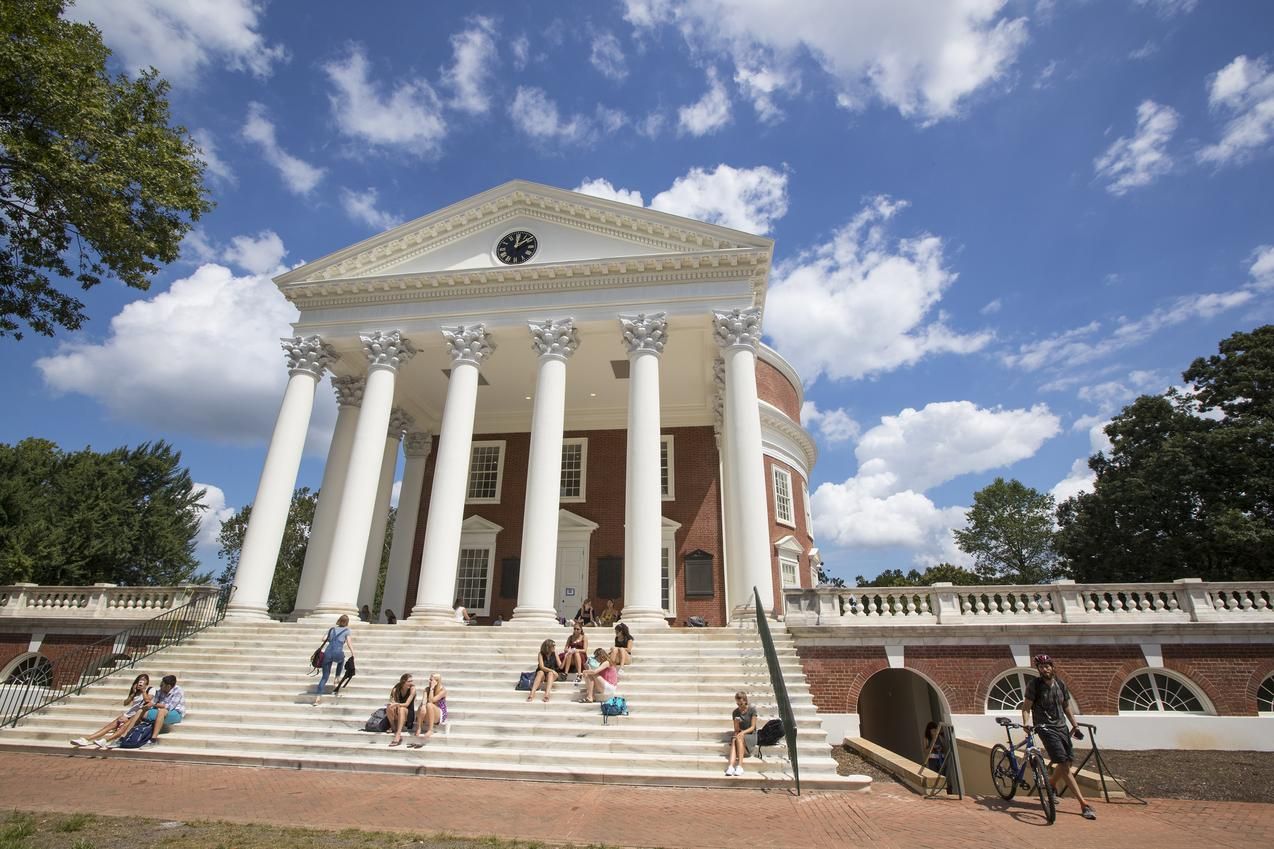
Jeff Watts/American University
Fall is hunting season across the U.S., a time when high-school seniors target their favorite colleges and their parents aim for financial aid.
One factor to consider when applying: the impact of your home’s equity on financial aid. But prepare yourself. It seemingly takes an advanced degree to calculate eligibility, since formulas vary widely from school to school.
“I wish it weren’t so complicated. I study this day and night,” says Paula Bishop, a college financial-aid adviser in Bellevue, Wash.
Almost all U.S. colleges and universities require financial-aid applicants to fill out the Free Application for Federal Student Aid (FAFSA), which doesn’t ask parents about home equity. However, several hundred schools—many of them elite, private institutions—also require the College Scholarship Service Profile (or CSS Profile), an application created by the College Board for nonfederal financial aid. It asks applicants for the home’s purchase price, purchase year, current value and current debt and determines the home’s equity (value minus debt).
Here’s the catch: Schools that require the CSS Profile handle the home-equity information differently. Boston College, for example, looks at 100% of home equity. Stanford University announced last year that it won’t consider home equity at all. Cornell University will limit home equity to 1½-times the family’s adjusted gross income. So for a household with $800,000 in home equity making $200,000 a year, home equity is capped at $300,000 (200,000 x 1.5).
Emily Paine/Bucknell University
The school isn’t necessarily expecting parents to tap their home equity to cover their child’s tuition. Instead, the school considers home equity and other assets to determine how much parents can contribute toward college costs. The higher the assets, the more parents are expected to pay. Generally, the parental contribution is calculated at 5% of assets. At Cornell, the family with $300,000 in home equity will be expected to lay out $16,500 a year. Had the “true” home equity of $800,000 been used, the parents would be expected to cover $44,000 in costs a year.
This formula is actually more complex than I describe because schools consider other assets—not just real estate—and a number of other variables, such as the number of siblings attending college simultaneously.
But the bottom line is that the school’s home-equity formula can have an enormous impact on what parents pay—something Ms. Bishop, the financial-aid adviser, learned firsthand. In 2010, her son applied to American University in Washington, D.C., a school that uses the CSS Profile. At the time, her home equity was $700,000, even though the house had been purchased for $400,000. American says that, as a starting point, its policy is to assess 100% of home equity. Ms. Bishop says she initially received an aid package below what she expected. She appealed to the financial-aid office, arguing that her husband wasn’t working at the time and that increased home values in her area skewed the calculations of her ability to pay the parental contribution. As a result, the school agreed to cap her home’s value at two times her household earnings. Using the lower home equity resulted in an extra $6,000 in financial aid.

University of Virginia
Real-estate holdings can affect financial-aid applications in other ways. First, unlike a primary residence, vacation homes are counted as an asset reported in both the FAFSA and CSS Profile applications. The same goes for rental properties—even if it is an apartment inside the family home leased to a nonfamily member.
If an investment property or second home is sold before applying for financial aid, the capital gains may be considered an asset if reported on a tax return and counted as income.
Also, when borrowing against your home, avoid a home-equity loan because the unspent proceeds are counted as an asset, says Julie Gross, a vice president with College Financial Consultants in Livingston, N.J. Instead, she recommends a home-equity line of credit (HELOC), which is the ability to borrow against your home.
A HELOC may also be a smart option for parents who need financing for their child’s education. Currently, HELOC rates are about 5.5% with no or low application fees, according to Bankrate.com.
By comparison, a college PLUS loan, which is a federal loan offered to parents for education expenses, charges about 7% to 8% interest with application fees up to 4% of the total loan.
If parents need to pay down credit cards or make home improvements, a HELOC actually improves their chances of getting financial aid because the line of credit lowers their home equity.
Tips For Applicants
Get the formula: Call the school’s financial-aid office and ask how it calculates home equity. Policies change, so confirm the formula early in the process.
Get an estimate: For a rough estimate of college costs, use the Net Price Calculator on schools’ websites.
Don’t overinflate home value: A high estimate can hurt your chances of qualifying for aid. Use home values based on comparable—and current—real-estate listings in your neighborhood.
Appeal the decision: Contact the financial-aid office and ask if there is a form or process for appeals. Generally, you write a letter explaining your circumstances—a job loss or medical condition—that underscore the need for more aid.
The post How Home Equity Affects College Aid appeared first on Real Estate News & Insights | realtor.com®.
source https://www.realtor.com/news/trends/how-home-equity-affects-college-aid/
No comments:
Post a Comment